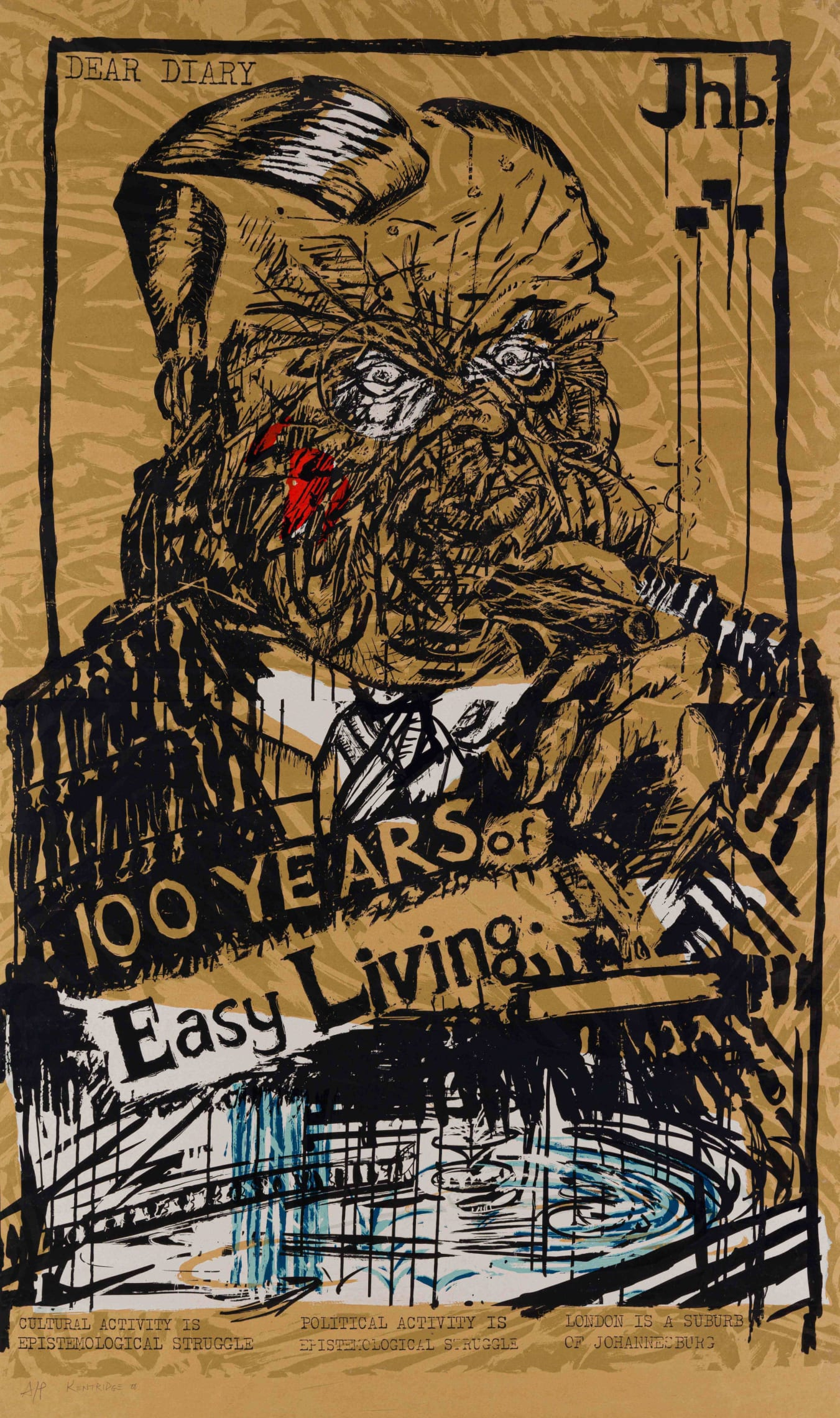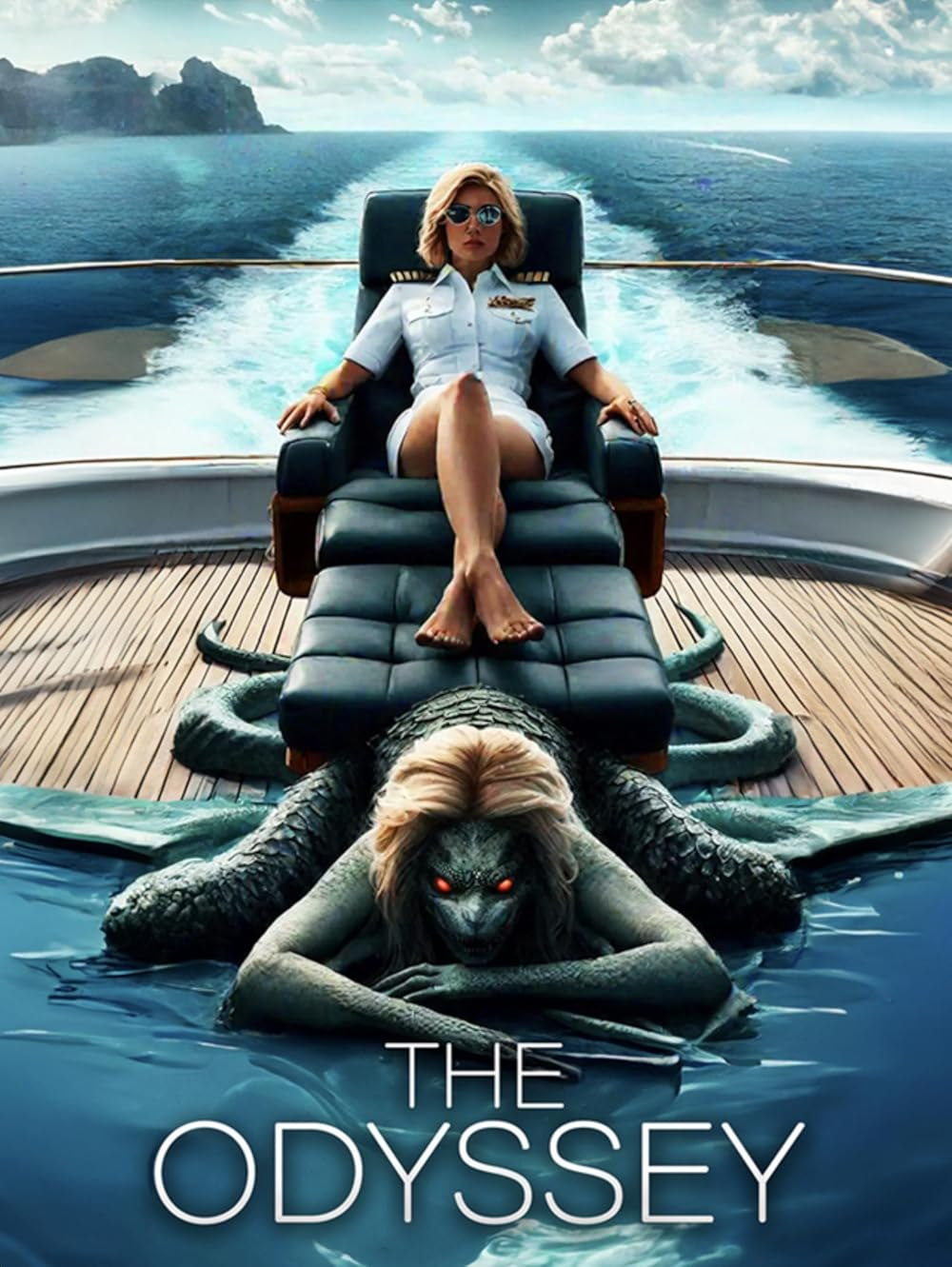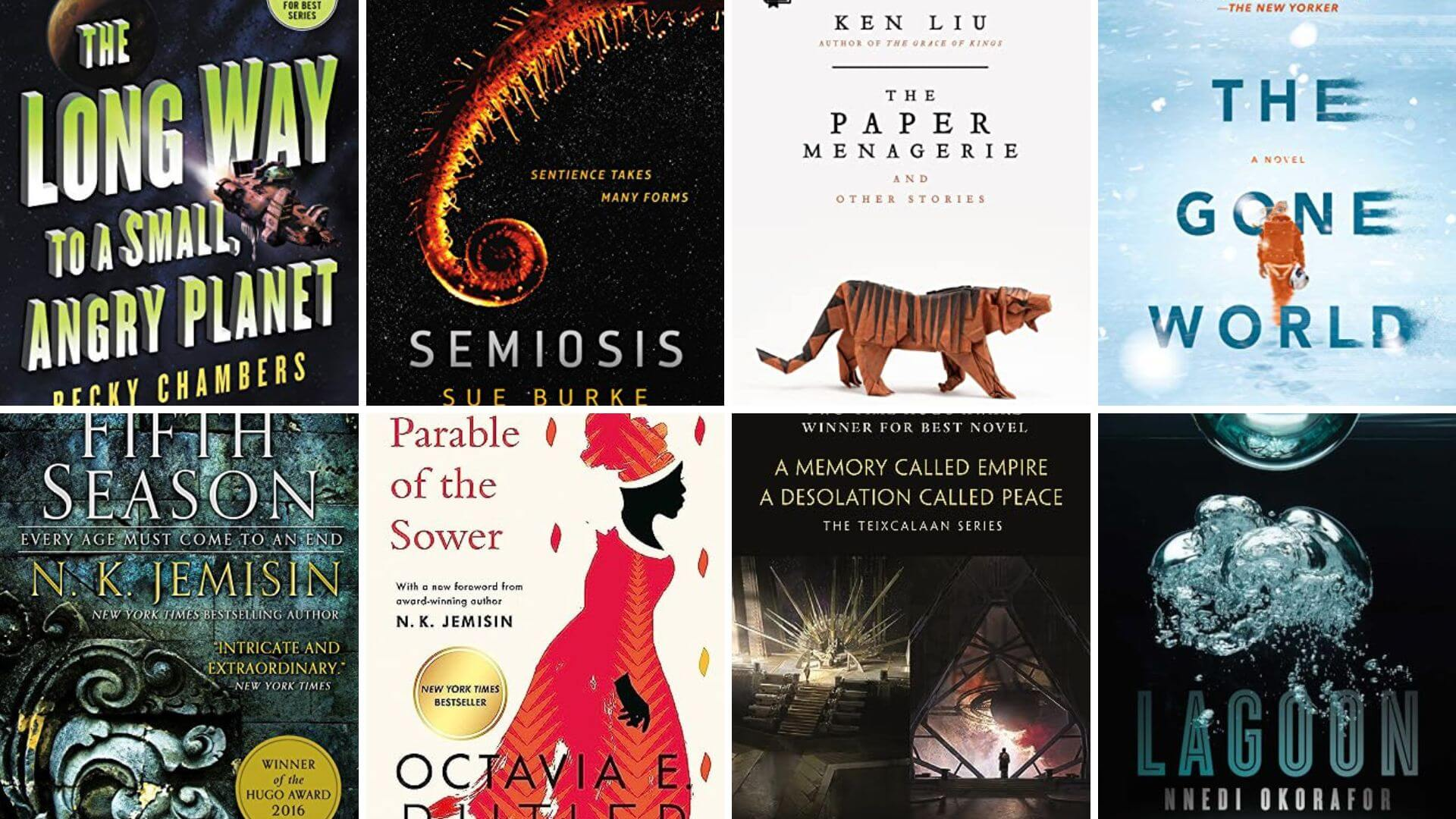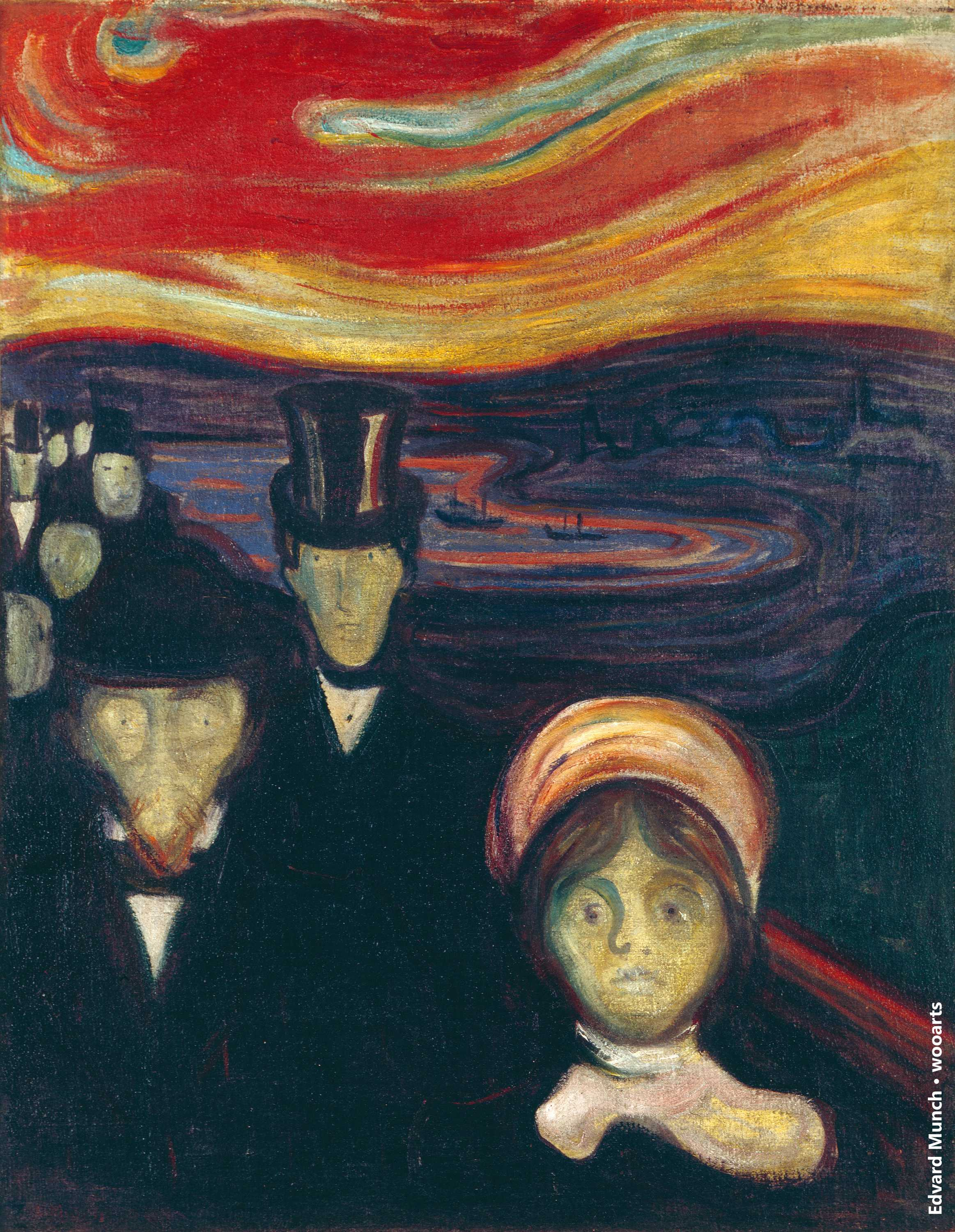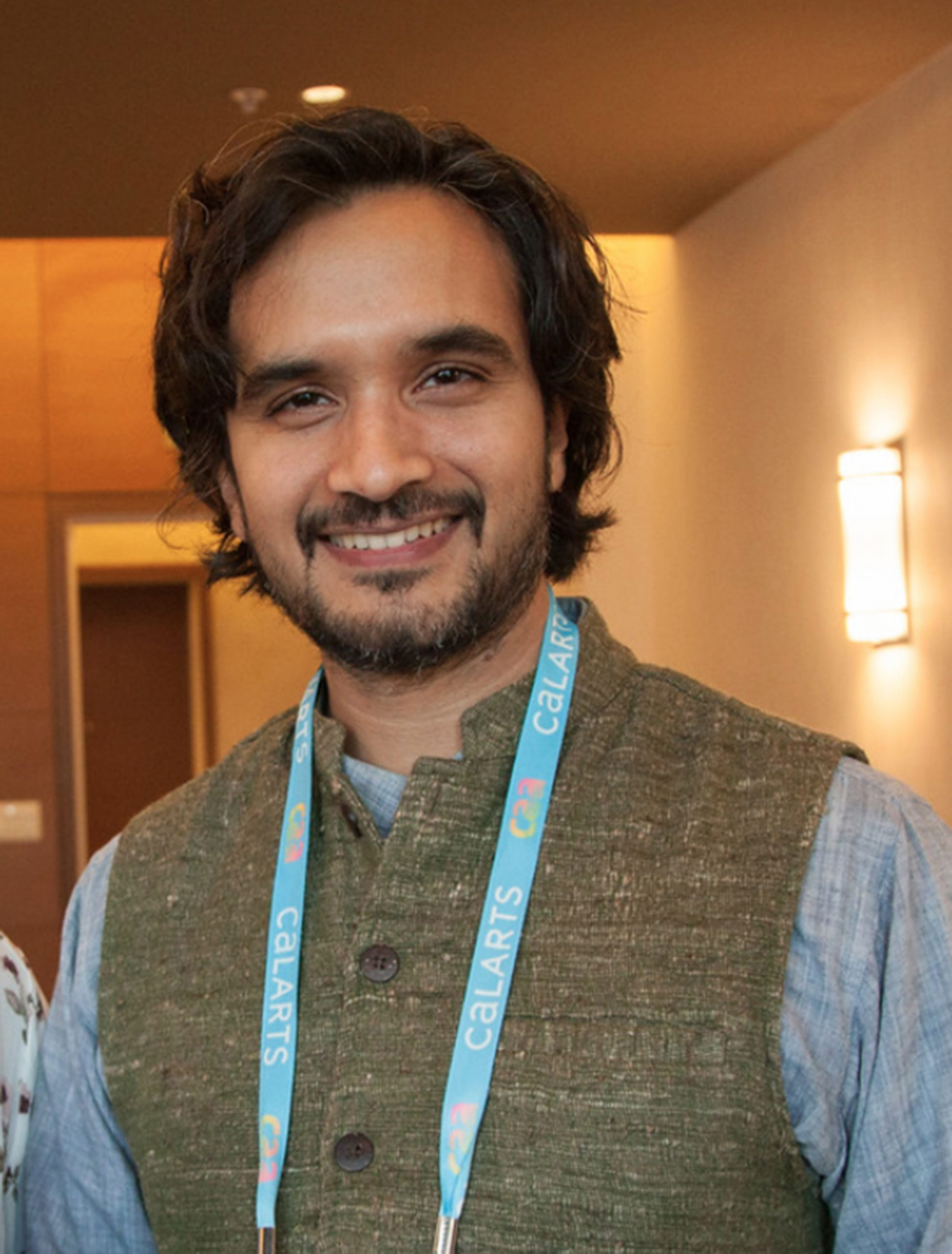Art in a State of Siege captures the intense relationship between creativity and political unrest, illustrating how artists respond to societal upheavals. In his new book, Joseph Koerner explores emblematic works such as Hieronymus Bosch’s haunting triptych, Max Beckmann’s provocative self-portrait, and William Kentridge’s poignant animated drawing, revealing how art can serve as both a reflection and a guide during times of turmoil. The analysis of these pieces provides invaluable insights into the complexities of political turbulence and its impact on artistic expression. Koerner’s examination offers a unique perspective on how these artworks resonate with the struggles faced by individuals in societies grappling with conflict and uncertainty. By unraveling the intricate connections between art and political turmoil, the book underscores the enduring relevance of these expressions in our contemporary landscape.
Exploring the intersection of art and societal crisis, ‘Art in a State of Siege’ delves into how creative expressions emerge in challenging political climates. This insightful study by Joseph Koerner presents an analysis of works from renowned artists who navigated periods of unrest, shedding light on the significance of their artistry amid chaos. By focusing on the descendants of cultural disruption, the book reveals how historical narratives of artistic resilience resonate within our own tumultuous times. Through the lens of significant artworks, including Max Beckmann’s striking portrait and the surreal landscapes crafted by Hieronymus Bosch, we witness the transformative power of art in confronting adversities. Ultimately, this exploration invites readers to consider the profound ways in which art engages with and reflects the struggles of its era.
The Intersection of Art and Political Unrest
Art has often served as a reflection of its time, particularly during periods of political turbulence. The works of artists like Hieronymus Bosch and Max Beckmann are powerful examples of how art can encapsulate the anxieties and fears of society. Koerner’s study reveals how these pieces not only depict the chaos of their respective eras but also serve as mirrors reflecting the political unrest experienced by their audiences. Art becomes an outlet for expressing discontent and a medium for questioning authority, providing insights into the human condition amidst turmoil.
In today’s context, the significance of art during political unrest has not waned. Artists continue to use their work to critique and respond to the sociopolitical climate, creating dialogues around issues such as freedom, oppression, and identity. The connection between art and political struggle highlights a timeless relationship, where each influences the other, as seen through Koerner’s exploration of significant works from history. Thus, in moments of crisis, art often becomes a crucial medium for both reflection and action, enabling audiences to assess their situations more profoundly.
Examining ‘Art in a State of Siege’
Joseph Koerner’s book, ‘Art in a State of Siege,’ presents a compelling exploration of how specific artworks resonate during political conflict. The title itself suggests not only a physical siege but a metaphorical one, underlining how art becomes both a refuge and a battleground for ideas. By dissecting pieces like Bosch’s ‘The Garden of Earthly Delights’ and Beckmann’s ‘Self-Portrait in Tuxedo,’ Koerner demonstrates the power of art to evoke a sense of urgency and contemplation in times of crisis. These works become symbols, laden with historical significance and contemporary relevance, urging viewers to confront the realities of their existence.
In this way, the concept of art in a state of siege diverges from traditional interpretations that celebrate artistic beauty or triumph. Koerner shifts the narrative to focus on the societal and psychological struggles embedded within these pieces. The artworks’ ability to articulate the sense of alienation and fear faced by individuals during times of upheaval emphasizes how art transforms into an urgent commentary on humanity’s frail condition. Following Koerner’s insights, the dialogue surrounding art becomes not only an analysis of aesthetics but a deeper inquiry into its potential to guide societies through tumultuous landscapes.
Hieronymus Bosch: A Guide in Crisis
Hieronymus Bosch’s artwork, particularly ‘The Garden of Earthly Delights,’ serves as a harbinger of contemporary anxieties. Koerner suggests that Bosch’s intricate and often chaotic visuals echo the confusion and fear experienced during times of political strife. The layers of meaning within Bosch’s triptych invite viewers to examine their own lives in the context of societal collapse. The ambiguous nature of the enemies depicted, whether they are conceptual or tangible, forces the observer to grapple with their own definitions of good and evil, a vital exercise in times of unrest.
Additionally, Bosch’s works resonate with today’s audiences who seek answers and guidance amid political upheaval. The artist’s explorations of sin and morality become increasingly relevant, providing a framework through which individuals can ponder their responses to modern challenges. Thus, viewing Bosch’s art is not merely an aesthetic experience; it transforms into an invitation to reflect critically on one’s circumstances. In this light, Bosch emerges not just as a historical figure but as a continuous source of wisdom that transcends time, re-framing our understanding of political turmoil and personal responsibility.
Max Beckmann and the Power of Self-Reflection
Max Beckmann’s ‘Self-Portrait in Tuxedo’ invites viewers into the intimate realm of the artist’s psyche against the backdrop of a tumultuous political landscape. Created in the wake of World War I and during the rise of political extremism in Germany, the painting reflects Beckmann’s grappling with identity and responsibility in a fractured society. Koerner emphasizes the boldness of Beckmann’s frontal gaze, which challenges viewers to confront not only the artist’s inner turmoil but also the broader societal chaos influencing his work.
This self-portrait can be seen as a striking commentary on the role of the artist as both creator and critic in society. Beckmann, recognizing the weight of his vocation, tasked himself with navigating the complexities of human experience amid widespread disillusionment. In this sense, the artwork functions as a cry for balance and order in chaos, striking at the heart of the discourse surrounding art’s impact on political unrest. Koerner’s analysis reveals that through Beckmann’s lens, the viewer is prompted to reflect on their own societal position and the potential for art to instigate change.
Art as a Reflection of Societal Trauma
The examination of art during periods of political turmoil reveals profound insights into the collective trauma experienced by societies. Joseph Koerner’s work underscores how artists, through their craft, articulate the often unspoken fears and anxieties that infest their environments. The emotional scars left by events such as wars and oppressive regimes find expression in poignant artworks that transcend mere representation. These pieces serve as vital historical records, capturing the zeitgeist of their times while simultaneously connecting with future generations who are grappling with similar struggles.
Amidst the shadows of history, artists like Bosch and Beckmann transform personal and societal trauma into universal narratives. By portraying the darker facets of humanity, they challenge viewers to confront uncomfortable truths about existence and morality. Their art is not only an aesthetic endeavor but a powerful commentary on the resilience of the human spirit in the face of adversity. In cultivating this dialogue about trauma through art, Koerner’s research emphasizes the need for ongoing reflection and engagement with these critical themes to foster understanding and healing in contemporary contexts.
Navigating the Ominous Landscape of Contemporary Art
As exhibited in Koerner’s celebration of artworks amidst periods of strife, contemporary artists continue to navigate an increasingly complex sociopolitical landscape. Their work does not shy away from engaging with the adversities of today, encompassing issues such as inequality, violence, and state surveillance. Much like Bosch, who exposed societal fissures through his elaborate imagery, modern artists employ diverse mediums and techniques to comment on our current predicament. Their creations invite critical reflection on our society’s ongoing battles against entrenched systems of power and oppression.
In this era, the role of the artist remains potent, as they wield their craft to challenge the status quo and advocate for change. The exploration of themes related to political unrest through contemporary art can spark dialogues and inspire movements, reaffirming art’s position as a catalyst for societal transformation. As seen in ‘Art in a State of Siege,’ Koerner’s work reminds us that art is a vessel for expressing resilience and holding power accountable, showing how the lines between creation and activism continue to blur in today’s artistic practices.
Art, Memory, and Historical Context
The interplay between art, memory, and historical context is crucial in understanding the narratives we create during difficult times. Koerner’s focus on artworks shaped by political unrest illustrates how art bears witness to collective memories of strife and recovery. These pieces become repositories of past traumas, urging viewers to remember and reflect on the implications of their history. In doing so, art assumes the role of collective memory, reminding us of the lessons embedded within our past — an essential endeavor in navigating our current challenges.
The significance of acknowledging history through art cannot be overstated, as it helps forge connections between generations. The artworks of Bosch and Beckmann continue to resonate today, serving as historical touchstones that inform our understanding of contemporary societal issues. By engaging with these pieces, audiences are prompted to confront uncomfortable truths about repression and violence, fostering a critical awareness that insists on learning from history to create a better future. Thus, the relationship between art and history becomes a vital conversation, underscoring the importance of memory in shaping cultural identity.
Art as a Means of Resistance
The capacity of art to function as resistance against oppressive forces is emphasized throughout Koerner’s analysis. In politically charged environments, artists often utilize their work to challenge prevailing ideologies, offering alternative narratives that counteract dominant discourses. Whether through satirical interpretations or poignant depictions of suffering, art emerges as a powerful vehicle for dissent, allowing individuals to voice grievances and evoke empathy. This becomes particularly significant as societies confront authoritarianism or systemic injustice.
In examining figures like Bosch and Beckmann, we see the artists’ unwavering commitment to using their platforms to reflect societal injustices and resistance ideologies. Their works beckon viewers to question their roles within these dynamics, urging them not merely to witness, but to engage in activism rooted in artistic expression. Koerner’s narrative places these artists within the larger framework of resistance movements, emphasizing that art is not confined to aesthetics but is fundamentally intertwined with the struggle for justice, dignity, and humanity.
Contemporary Relevance of Historical Art
The contemporary relevance of historical art pieces cannot be overlooked, as they continue to inspire modern artists and activists alike. Joseph Koerner’s insights into works like Bosch’s and Beckmann’s reveal persistent themes that resonate with today’s audiences grappling with their own challenges. The societal issues encapsulated in these artworks echo deeply within current movements for justice and equality, suggesting that the lessons of the past remain applicable in our present and future. Art becomes a bridge that connects historical struggles to contemporary calls for change.
In this way, understanding historical art amplified through Koerner’s lens aids in contextualizing the ongoing dialogues surrounding art and political unrest today. As contemporary artists draw from the legacies left by their predecessors, they expand upon the themes present in works like ‘The Garden of Earthly Delights.’ The discussion on the role of art within society continues to evolve, proving that the resonance of historical works remains an enduring source of inspiration and a wellspring for artistic critique and societal reflection.
Frequently Asked Questions
What is the significance of Joseph Koerner’s book ‘Art in a State of Siege’?
Joseph Koerner’s book ‘Art in a State of Siege’ delves into how art reflects and reacts to political unrest. By analyzing works like Hieronymus Bosch’s ‘The Garden of Earthly Delights’ and Max Beckmann’s ‘Self-Portrait in Tuxedo’, Koerner explores the relationship between art and crises, portraying artwork as both a mirror and a potential guiding force amidst turmoil.
How does Hieronymus Bosch’s art relate to political turmoil in the context of ‘Art in a State of Siege’?
In ‘Art in a State of Siege’, Joseph Koerner presents Hieronymus Bosch’s work as a reflection of political anxiety. Bosch’s paintings, especially ‘The Garden of Earthly Delights’, capture the complexities of sin, chaos, and the looming sense of being besieged, allowing viewers from different eras to project their experiences of political unrest onto his work.
What themes does Max Beckmann’s self-portrait reveal in ‘Art in a State of Siege’?
Max Beckmann’s self-portrait analyzed in ‘Art in a State of Siege’ symbolizes the artist’s role in confronting chaos following World War I. Through his direct gaze and bold composition, Beckmann represents the struggle to reclaim order through art during a period marked by political instability and ideological conflict.
How does Joseph Koerner connect the works of artists like Beckmann and Kentridge with contemporary issues in ‘Art in a State of Siege’?
Joseph Koerner connects the artworks of Beckmann and Kentridge in ‘Art in a State of Siege’ by emphasizing that art can serve as a commentary and critique of contemporary crises. He highlights how both artists capture the essence of living under siege, prompting discussions about the relevancy of art during times of political unrest and turmoil.
Why does Koerner focus on the relationship between viewers and artworks in ‘Art in a State of Siege’?
In ‘Art in a State of Siege’, Koerner focuses on how viewers interact with artworks as ‘omens’ during political unrest. He examines how art is perceived in relation to danger and guidance, proposing that the experience of observing such art becomes a personal reflection of one’s own fears and insights related to their circumstances during crises.
What can we learn about the psychology of viewing art during times of crisis from ‘Art in a State of Siege’?
‘Art in a State of Siege’ reveals that during crises, viewers often project their anxieties and fears onto art. This psychological lens allows for a deeper understanding of how artworks, like those of Bosch and Beckmann, resonate with individuals experiencing political turmoil, transforming art into a means for contemplation and possible foresight in tumultuous times.
In what ways does ‘Art in a State of Siege’ illustrate the evolution of the concept of ‘the enemy’ in art?
‘Art in a State of Siege’ illustrates the evolution of ‘the enemy’ through the works of artists like Bosch, who depict enemies in multifaceted ways. Koerner discusses how these representations reflect broader anxieties of the time, evolving from literal depictions of threats to more abstract interpretations that resonate with viewers’ modern experiences of political division and conflict.
How does Joseph Koerner suggest art should be viewed during political unrest based on ‘Art in a State of Siege’?
In ‘Art in a State of Siege’, Koerner suggests that art should be viewed not merely as a product of the artist’s triumphs but as a crucial reflection of societal struggles. He encourages examining how artworks can serve as vital commentaries on the state of political unrest, offering insight and, potentially, solace to those affected by turmoil.
| Key Points | Details |
|---|---|
| Joseph Koerner’s Perspective | Koerner shifted his understanding of Bosch from a medieval artist to a contemporary figure who speaks to present dilemmas. |
| Focus of the Book | ‘Art in a State of Siege’ explores artworks as ‘omens’ of their times, specifically during political turmoil. |
| Key Works Examined | The book discusses Bosch’s ‘The Garden of Earthly Delights’, Beckmann’s ‘Self-Portrait in Tuxedo’, and a drawing by Kentridge. |
| Historical Context | Koerner elaborates on how these works reflect political unrest and their interpretations throughout history. |
| The Meaning of ‘State of Siege’ | Originally from Kentridge, it signifies the suspension of law during civil unrest, affecting societal norms. |
| Bosch’s Symbolism | Bosch’s art questions the nature of good and evil, reflecting societal fears and identities during crises. |
| Beckmann’s Artistic Stance | Beckmann uses his self-portrait to assert the role of the artist as a stabilizing force amid chaos. |
| Impact of Art in Crisis | Art remains relevant during crises, showcasing perspectives on defeat rather than victory. |
Summary
Art in a State of Siege highlights how art serves as a reflection and foresight during politically charged periods. Joseph Koerner’s analysis of major works, like Bosch’s ‘The Garden of Earthly Delights’ and Beckmann’s self-portrait, illustrates how artists navigate turbulence, revealing societal fears and complexities. Through these pieces, Koerner emphasizes the vital role of art in understanding the human experience amid crisis, offering insights that resonate with both past and contemporary challenges.
